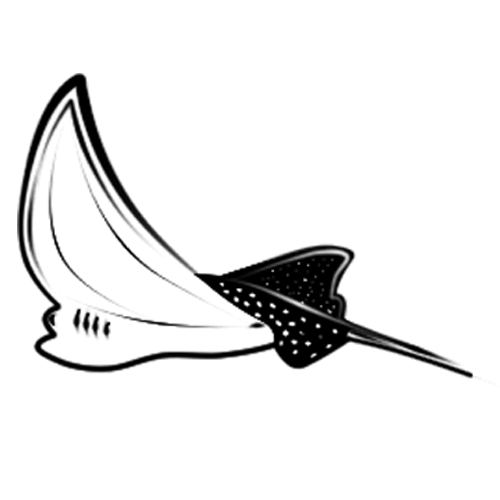

Description
The Spotted Eagle Ray (Aetobatus narinari) is one of the largest of the Eagle Ray family, only smaller than Manta rays. Spotted Eagle Rays can be found worldwide in tropical and warm temperate waters in shallow waters in the Pacific, Atlantic, and western pacific ocean. The Spotted is one of the largest Eagle Rays, with wings spanning up to 3 meters. They are generally found gliding among sandy and deep coral habitats when snorkeling. It is named after its distinctive shape, broad, narrow body, and long slender tail. It has a spotted pattern that covers the top of their upper-side which is vibrant and easy to identify.

Snorkeling Video

Habitat
Spotted Eagle Rays can be found worldwide in tropical and warm temperate waters. Can be found worldwide in tropical and warm temperate waters in shallow waters in the Pacific, Atlantic, and western pacific ocean. They are generally found gliding among sandy and deep coral habitats when snorkeling.

Diet
Spotted Eagle Ray’s diet consists of shrimp, octopus, squid, small fish, sea urchins, mullusks, and crustaceans. They locate their prey with their sense of smell.

Poaching
These rays are hunted for their meat, skin, and cartilage.

Climate Change
Rising sea temperatures and ocean acidification are a threat to these rays and their food source availability.

Overfishing
Caught in commercial fishing practices as by-catch.

Loss Of Habitat
Destruction of coral reef ecosystems, mangrove forests and coastal habitats is reducing habitat for these rays.

Frequently Asked Questions
Spotted Eagle Ray’s diet consists of shrimp, octopus, squid, small fish, sea urchins, mullusks, and crustaceans. They locate their prey with their sense of smell.
Spotted Eagle Rays can grow to a large size, of 6.5 metre wing span, however they are usually much small with a wing span of 3 metres.
Spotted Eagle Rays are not considered to be dangerous to humans, but should be respected and practice caution. They have long tails that are capable of a strong sting.

Snorkel Gallery


